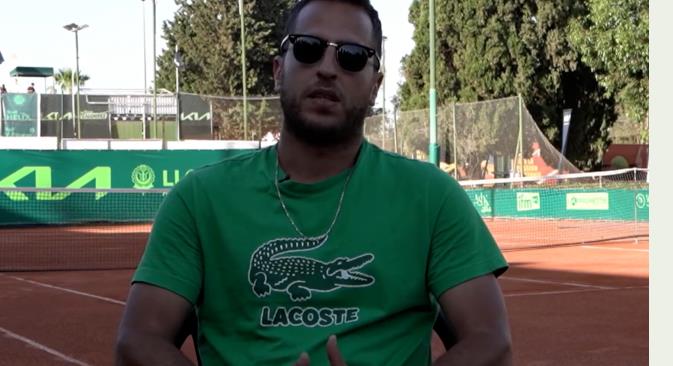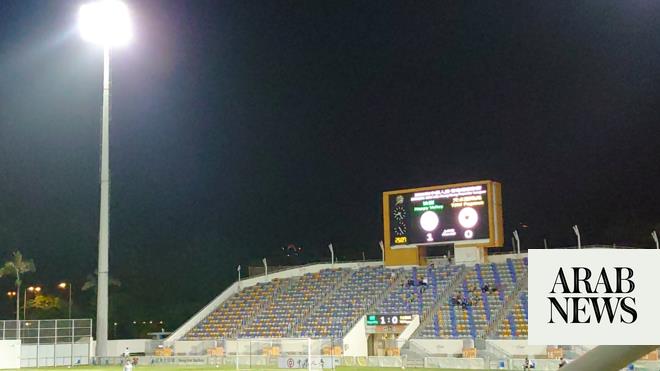
Report alleges corruption is commonplace in non-elite tennis.
top 250 female players and the top 350 men players break even before coaching costs, yet there are around 15,000 professional players
LONDON: A “tsunami” of match-fixing is plaguing non-elite tennis, according to a report released Wednesday by a review panel set up to look into allegations of corruption in the sport.
The Independent Review of Integrity in Tennis report said the lower levels of the sport provide a “fertile breeding ground” for breaches of integrity and are engulfed in betting-related corruption.
The problems stem from too many players in the lower reaches, such as the Futures and Challenger circuits, not earning enough to make a living, coupled with the rise of online betting.
“Player-incentive structure and remuneration creates a lamentably fertile breeding ground for breaches of integrity,” said lawyer Adam Lewis, who chaired the Independent Review Panel (IRP).
“In particular only those playing principally at Tour level make a decent living. Only the top 250 female players and the top 350 men players break even before coaching costs, yet there are around 15,000 professional players.”
The IRP was set up in January 2016 following allegations made by the BBC and Buzzfeed that leading players, including Grand Slam winners, were involved in suspected match-fixing and that evidence had been suppressed.
Having surveyed more than 3,000 players as well as tournament organizers, officials and betting operators, it found “evidence of some issues” at Grand Slams and Tour events, although it did not uncover evidence of a widespread problem at those higher levels.
A total of 14.5 percent of players who responded to the survey said they had first-hand knowledge of match-fixing but the panel found no evidence of top-level players being implicated in corruption.
“Detection is difficult, not least because at many lower-level matches there are no spectators and inadequate facilities to protect players from potential corrupters,” the report said.
“Moreover, under-performance is often attributed to ‘tanking’, which too often has been tolerated.”
The level of suspicious betting alerts rose sharply after the sale of official live scoring data to betting companies in 2012, making tens of thousands of matches available to gamble on.
“The imbalance between prize money and costs, and deliberate under-performance, are the seeds for corruption,” said Lewis.
“It is a small step for a player who already intends to lose for other reasons, to bet or to make others aware of their intentions. It’s a small step to deliberately lose, or lose a game or a set, so as to make enough money to continue playing.
“According to experts, since 2015 tennis has been responsible for more suspicious betting than any other sport.”
The review did not find evidence of a cover-up by either the Tennis Integrity Unit or the International Tennis Federation and the Association of Tennis Professionals — a finding welcomed by the governing bodies.
However, some of the actions taken by the ITF and ATP were seen to be “inappropriate and ineffective.”
The panel recommended restructuring of the professional game with a significant reduction in tournaments deemed “professional,” discontinuing the sale of official live scoring data at lower-level tennis and eliminating betting sponsorship in the sport.
A joint ATP, ITF, Women’s Tennis Association and Grand Slam Board statement read: “Following an initial review of the interim report we confirm our agreement in principle with the package of measures and recommendations proposed by the IRP.
“These include the removal of opportunities and incentives for breaches in integrity, the establishment of a restructured, more independent Tennis Integrity Unit, enhanced education, expanded rules, and greater cooperation and collaboration with the betting industry and broader sports community.”












